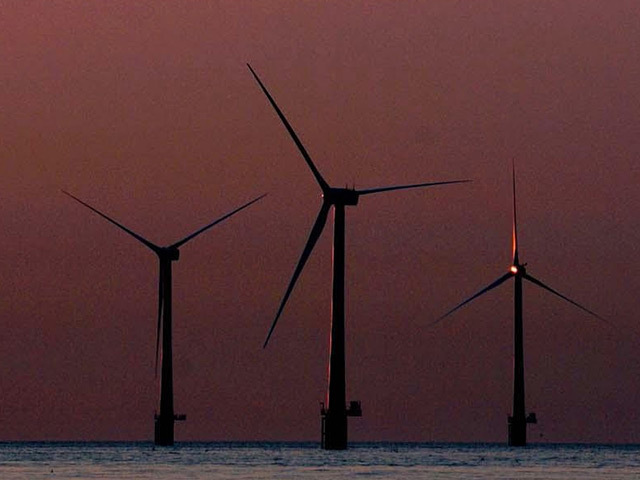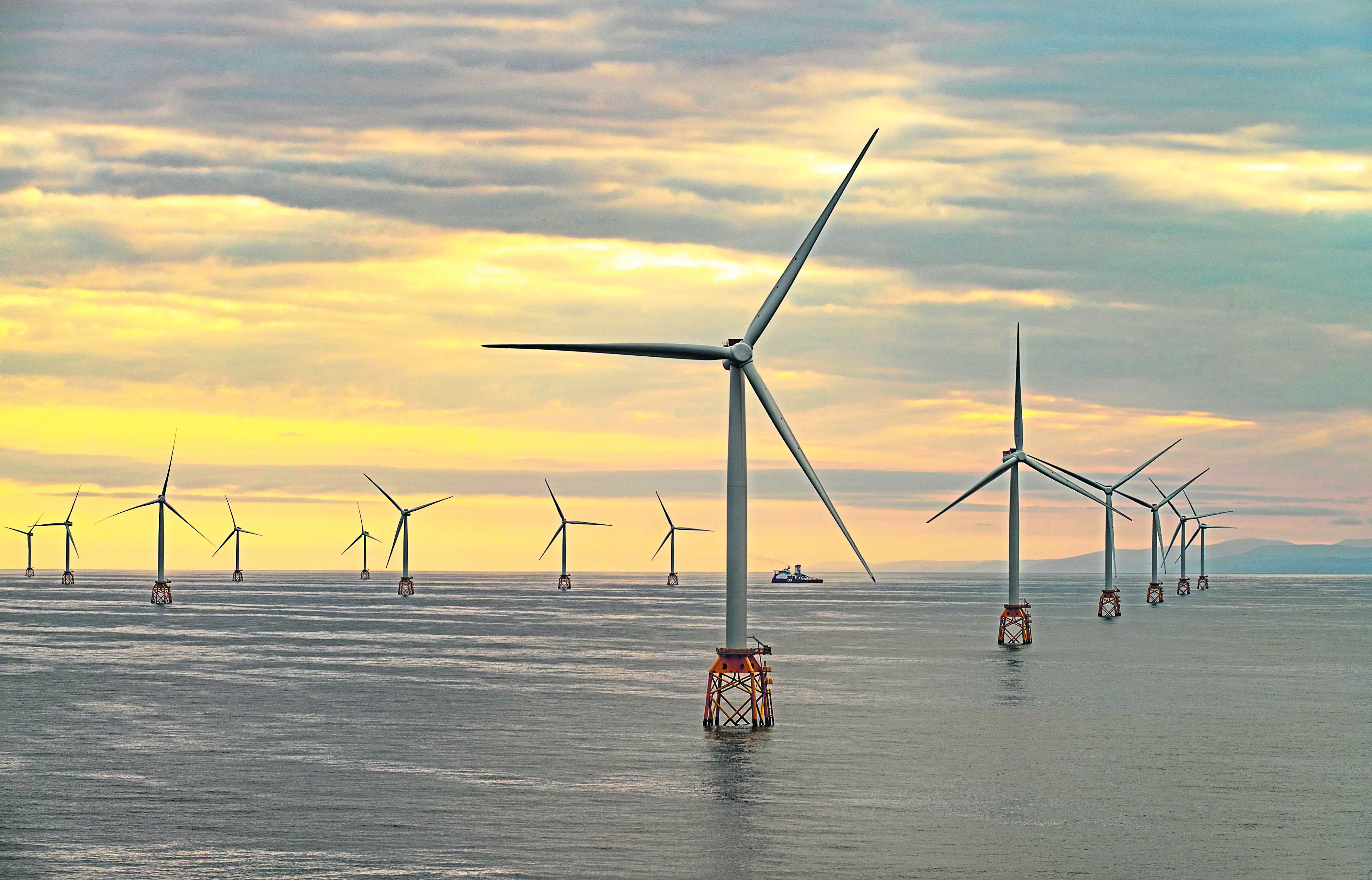
A joint industry project led by DNV GL has come to the view that wind-powered water injection is a viable alternative to conventional, energy intensive systems offshore.
According to DNV GL, “no major challenges” have been identified through the JIP, which was launched a year ago. Cost savings over conventional offshore power generation could be around 20%.
Analyses of system performance examining site specific cases from JIP partners have shown that WIN WIN “is able to meet the operator’s key performance requirements such as injection volume targets, as well as reliability and minimised downtime”.
At the heart of the concept would be a floating wind turbine, the development of which is no longer pie in the sky. The idea is to harvest wind energy to augment the usual and very expensive gas turbine-based power generation on offshore platforms.
Statoil has had a prototype of its Hywind floating turbine running for several years and the company is currently building a Hywind test park off the north-east coast of Scotland. It sees Hywind as being a key element of the WIN WIN solution proposal.
Prior to Statoil’s work, in the mid-1990s, Amoco experimented with a small windmill fixed aboard a mono-tower platform built for a project in the UK’s Southern Gas Basin. Its purpose was to augment the platform’s conventional gas-turbine power generation plant.
Launching the findings of the WIN WIN JIP at the Offshore Technology Conference in Houston, DNV GL group president and CEO, Remi Eriksen, said: “For the first time we can now see renewable energy as a large scale source of power to offshore oil & gas operations.
“By utilising the recent developments of floating offshore wind turbines this concept can offer a clean, reliable, and cost effective alternative for powering water injection in offshore locations.
“The WIN WIN project showcases that the oil & gas industry can become a creative force in solving the world’s energy trilemma by driving development of reliable, clean and affordable technologies. This is a win for both the oil & gas and for the wind power industries,
Among the JIP’s members is Exxon.
Sara Ortwein, president of its upstream research company said: “We are encouraged by recent advances in wind technology, particularly for niche applications such as offshore oil & gas operations.
“Such technological advances improve the economic feasibility for wind to contribute to the overall energy supply mix.”
Other JIP partners include: ENI Norge, Nexen Petroleum UK, Statoil, VNG Norge, PG Flow Solutions and ORE Catapult.
The costs for wind powered water injection have been compared with a conventional alternative where water is injected via a flow line from the host platform.
While the WIN WIN technology has higher operational expenditures compared to a conventional alternative, the significantly lower capital expenditure means that it compares favourably over the long term, according to the findings.
WIN WIN is therefore a commercially competitive alternative in a range of cases, particularly when host platform capacity is limited or injection wells are located far away.
Recommended for you
